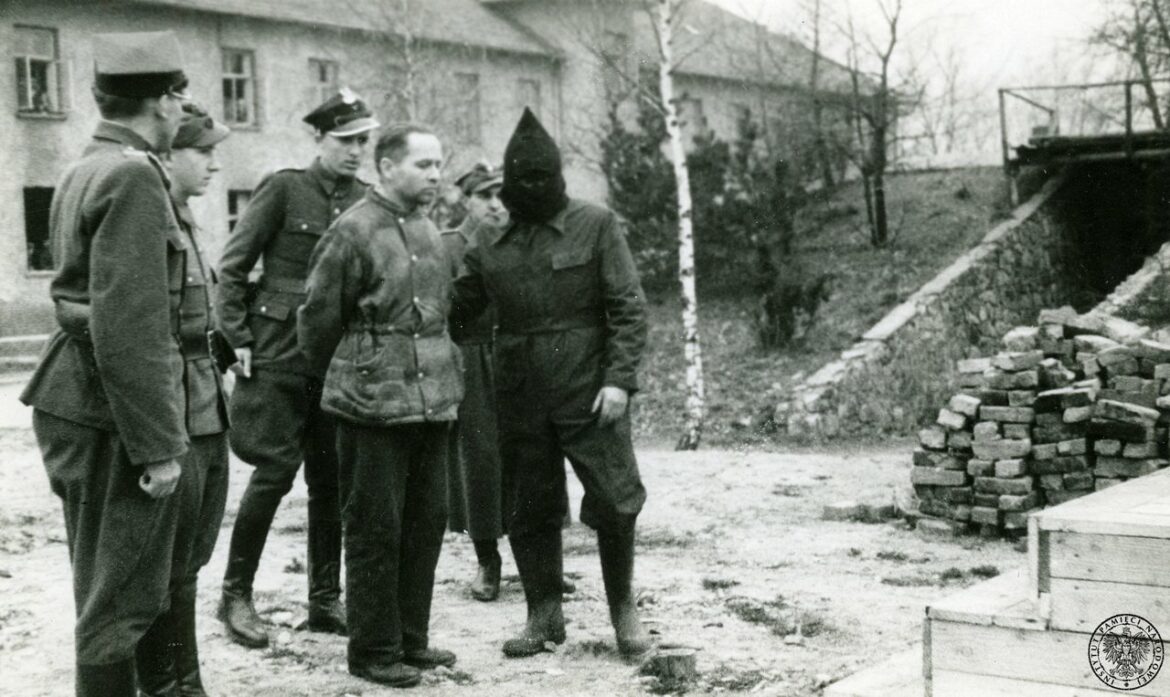The death sentence on the German Nazi murderer, Rudolf Höss, was carried out on April 16, 1947. The founder and commander of the German death camp KL Auschwitz-Birkenau was hanged on the gallows at his workplace where he caused the cruel death of over a million people.
Höss arrived in German-occupied Poland in 1940 to establish the Auschwitz camp, where Poles were first imprisoned and then murdered. It is estimated that up to 150,000 people of Polish nationality died there. Later, however, the camp became a place of execution for about a million Jews and was permanently engraved in the world’s memory as one of the most important symbols of the Holocaust.
A fabulous life next to hell
When Jews, Poles, Roma and members of other nationalities died in the camp in tragic conditions, the Höss family lived in a villa next to the camp. The Höss children played there, and the commandant’s wife, who loved flowers, took pleasure in planting them around. The Germans, however, failed on the Eastern Front, and the war was coming to an end. The beautiful dream was interrupted and Rudolf Höss became a fugitive.
In the hands of investigators
The commandant of the Auschwitz-Birkenau camp pretended to be the navy’s boatswain and assumed the false name of Franz Lang. When the British detained him, they did not realize who they were really dealing with. The search for Höss continued and ended on March 11, 1946, near Flensburg.
He was transferred to Poland, where his trial began. The criminal was interviewed by Jan Sehn, a Polish investigating judge, later called a Nazi tracker. For 18 days, Sehn collected the testimony from Höss, who spoke very calmly about the horrific events at Auschwitz-Birkenau.
On April 2, 1947, the Supreme National Tribunal in Warsaw pronounced its verdict. The former camp commandant was sentenced to death by hanging.
The gallows were erected on the premises of KL Auschwitz-Birkenau – next to the building where Höss worked. On April 16, 1947, the sentence was carried out. Photographs of the executions were forbidden, but former prisoners were present at the execution and they took pictures from hiding. Höss’s hanging was the last public execution in Poland





